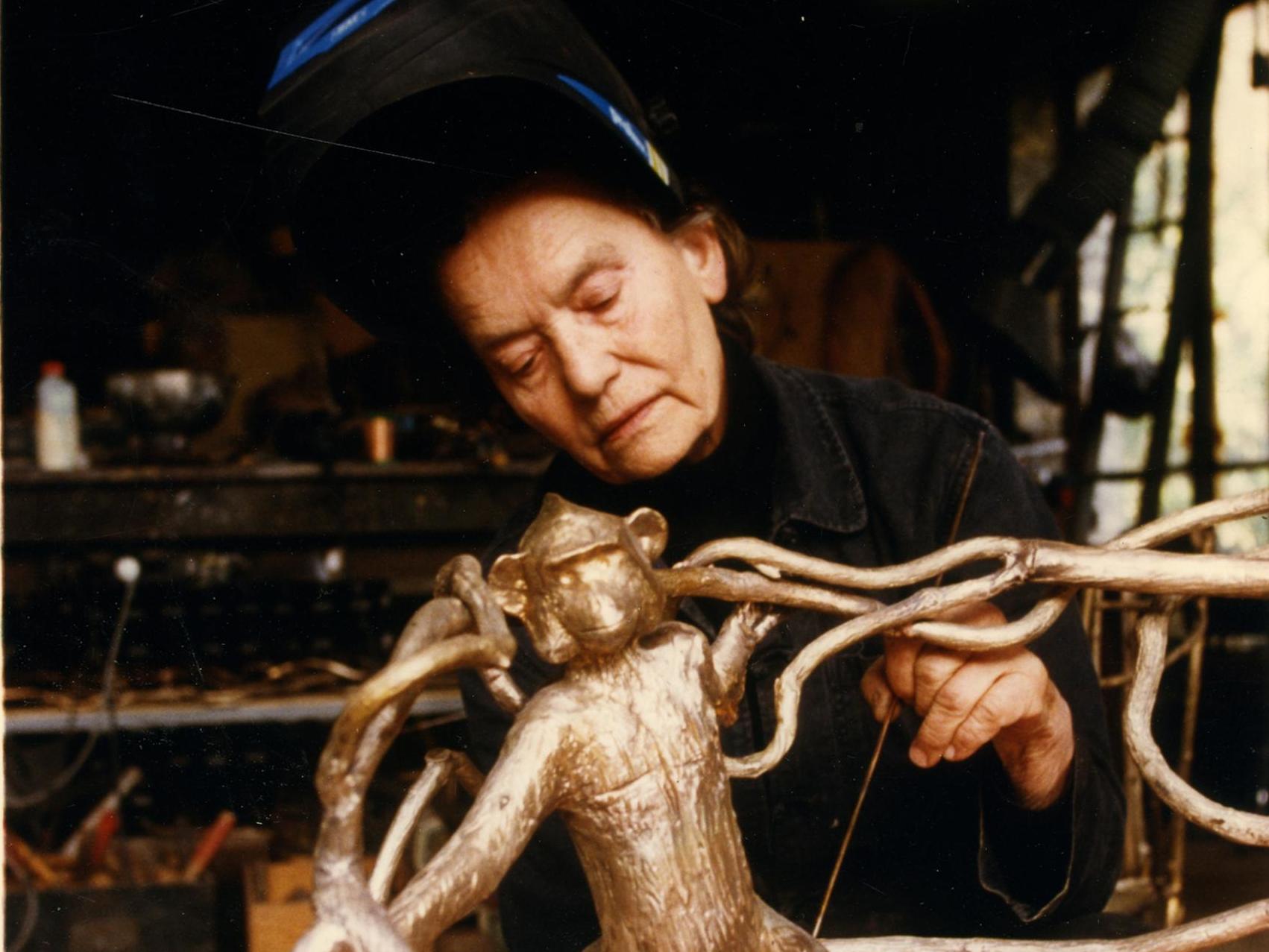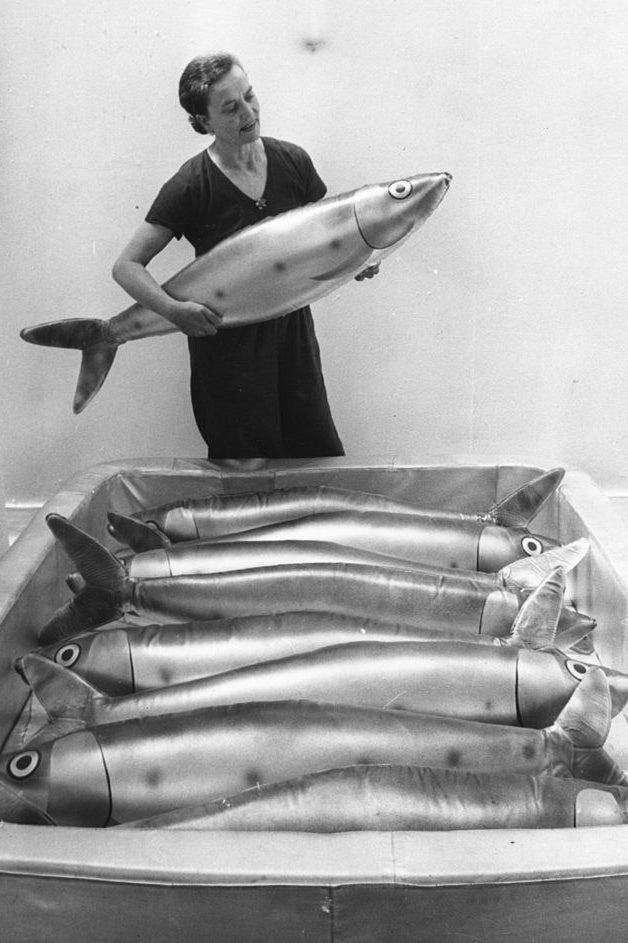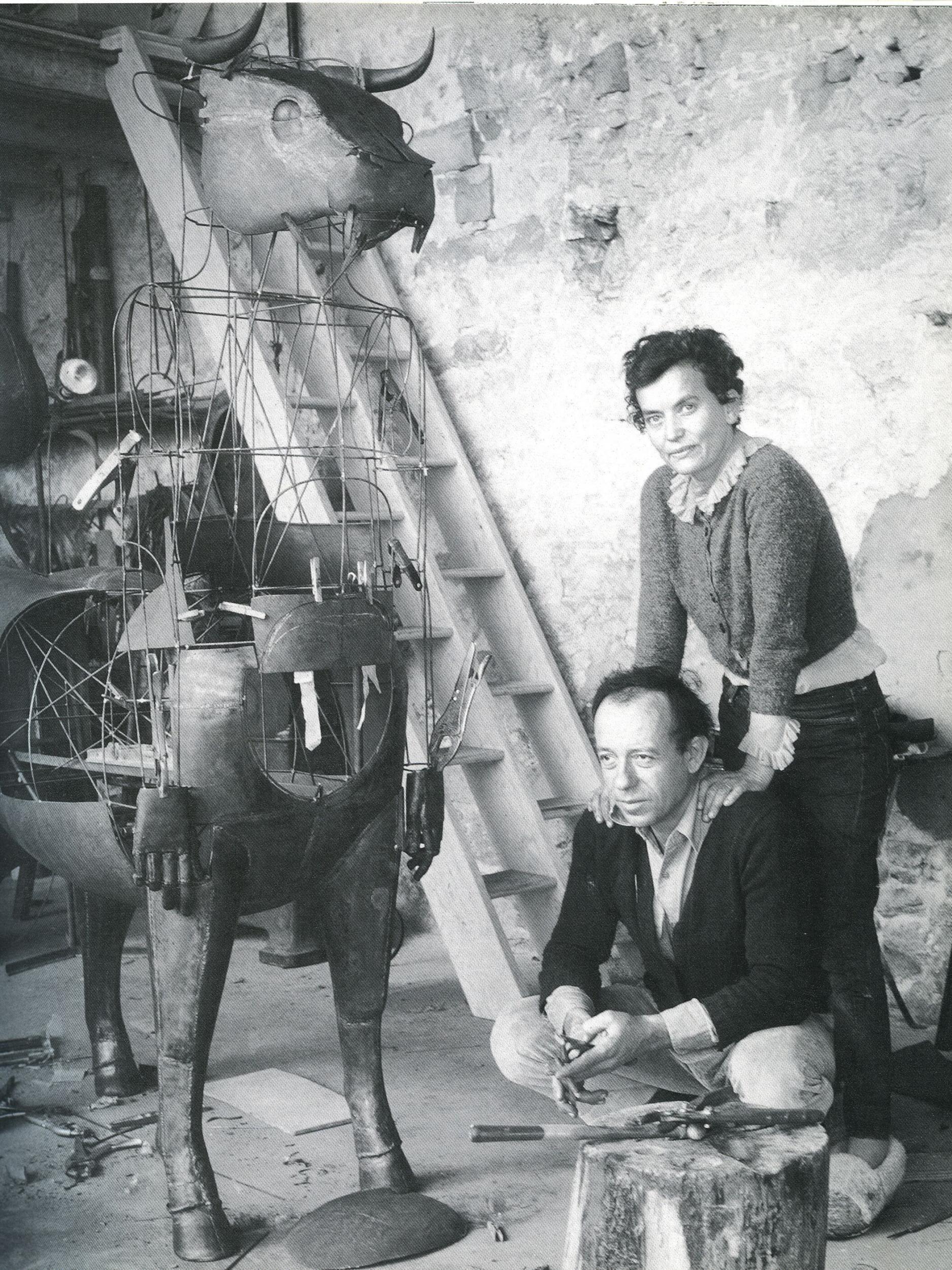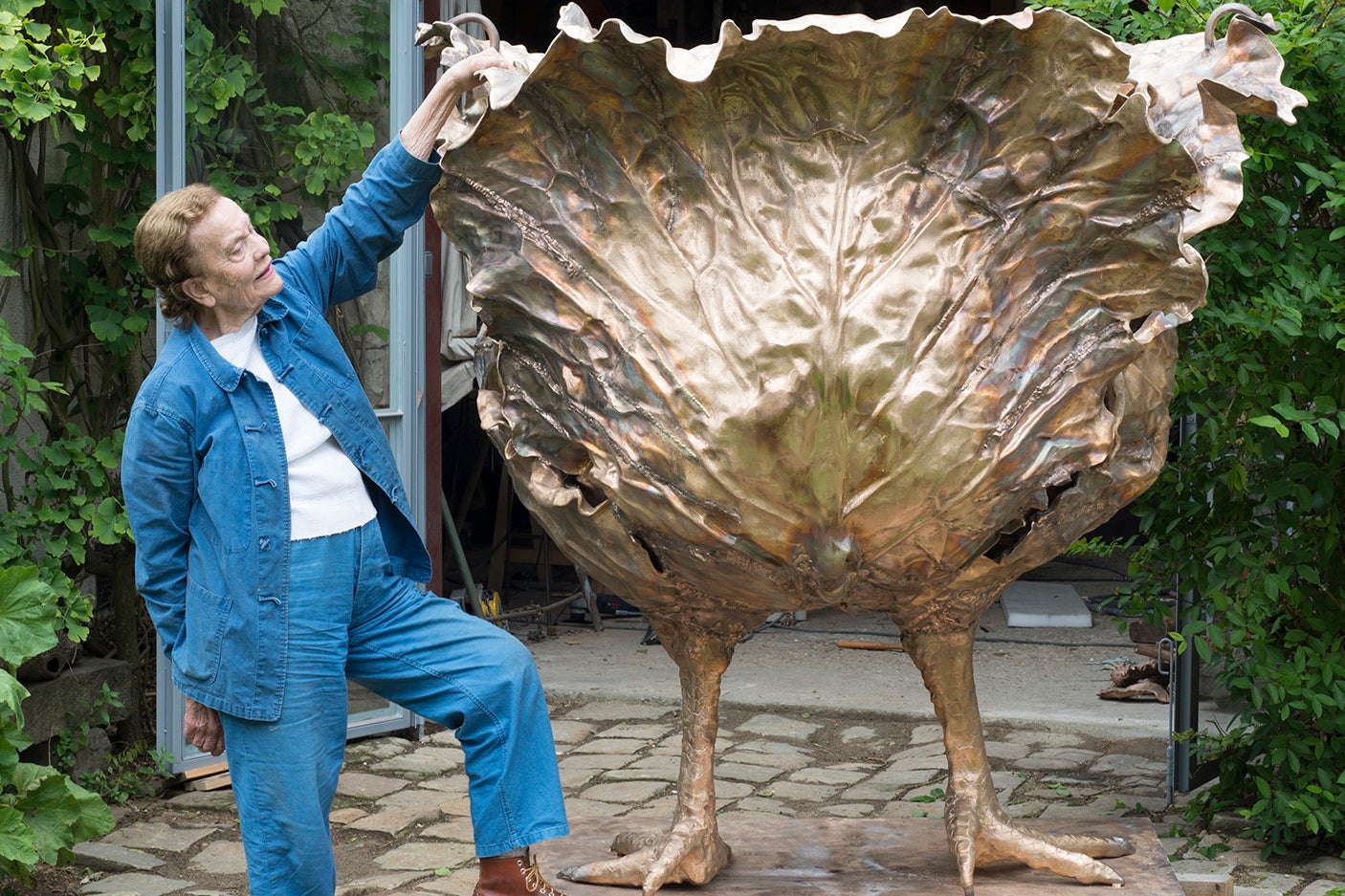Claude Lalanne: French sculptor known for her surreal designs as part of the duo Les Lalanne
She met her husband Francois-Xavier Lalanne when they were both among the avant-garde wave of artists that included Man Ray and Constantin Brancusi

Your support helps us to tell the story
From reproductive rights to climate change to Big Tech, The Independent is on the ground when the story is developing. Whether it's investigating the financials of Elon Musk's pro-Trump PAC or producing our latest documentary, 'The A Word', which shines a light on the American women fighting for reproductive rights, we know how important it is to parse out the facts from the messaging.
At such a critical moment in US history, we need reporters on the ground. Your donation allows us to keep sending journalists to speak to both sides of the story.
The Independent is trusted by Americans across the entire political spectrum. And unlike many other quality news outlets, we choose not to lock Americans out of our reporting and analysis with paywalls. We believe quality journalism should be available to everyone, paid for by those who can afford it.
Your support makes all the difference.“I dream when I am awake. There is nothing left over by night” – this is how the artist Claude Lalanne once described the genesis of her extraordinarily imaginative work. From an apple with lips and a rabbit with wings to bronze cabbages on chicken legs, Lalanne’s sculptures always embraced the unexpected. Serge Gainsbourg chose her work, L’homme à tête de chou (“The man with the cabbage head”), to adorn the cover of his 1976 album of the same name.
Lalanne, who has died aged 93, was born and raised Claude Dupeux in Paris. Her father was a gold broker. Her mother was a musician. Lalanne studied at the École des Beaux-Arts and later at the École des Arts Décoratifs, graduating in time to join the last wave of the Parisian avant-garde led by Man Ray and Constantin Brancusi.
She met her future husband, fellow artist Francois-Xavier Lalanne, in 1952 at an exhibition of his work. They soon moved in together in the Impasse Ronsin, an artists’ enclave in Montparnasse, where their social circle included Max Ernst and Rene Magritte. They were neighbours of the sculptor Brancusi, who became a sort of mentor to the pair.
The inseparable artist couple quickly became known as Les Lalanne, though they didn’t marry until 1967. They worked separately and had very different styles though they chose to exhibit together.
While Francois-Xavier’s work was surreal – famously he created a flock of stone and bronze sheep – Claude Lalanne’s work was more delicate and whimsical, combining Surrealism with Art Nouveau.
She was inspired by nature. A keen gardener, she used electroplating techniques learned from American artists Jimmy Metcalf and Larry Rivers to transform the plants she nurtured into something truly special. She made jewellery, ornaments and furniture from electroplated leaves and twigs. After seeing her first joint show with her husband in Paris in 1964, Salvador Dali asked Lalanne to make him some cutlery.

Later Lalanne was commissioned by fashion designer Yves Saint Laurent to create a roomful of mirrors adorned with more electroplated leaves and branches. Lalanne also collaborated with the designer on his 1969 Empreintes collection, for which she made bronze breastplates cast from the chest of his favourite model. It was to be the fashion impresario’s only collaboration with an artist. After Saint Laurent’s death in 2008, his 15 Lalanne mirrors fetched more than $2m at auction.

In the 1970s Lalanne reached a much wider audience when Serge Gainsbourg used a photograph of her sculpture of a man with the cabbage for a head as an album cover. Talking of her series of chicken-legged cabbage sculptures, which she called “choupattes”, Lalanne said: “I had taken a mould of a cabbage and just wondered what it would look like with legs. The moment I saw it, it felt right. It had emotion.”

After Lalanne’s husband died in 2008, she continued to work in the studio they had shared in Ury, near Fontainebleau. Assisted latterly by her daughter and granddaughter, she was creating new sculptures, including more choupattes, into her nineties.
Lalanne’s work can be found in a number of notable private collections, including those of Tom Ford and Marc Jacobs. It can also be found in several international public collections, including the Cooper Hewitt Smithsonian Design Museum in New York and the Centre Pompidou in Paris. In 2020, a retrospective of the works of Lalanne and her husband is planned at the Clark Art Institute in Massachusetts.
Lalanne is survived by her four daughters, Caroline, Dorothee, Marie and Valerie; six grandchildren; and several great-grandchildren.
Claude Lalanne, artist born 28 November 1925, died 11 April 2019
Join our commenting forum
Join thought-provoking conversations, follow other Independent readers and see their replies
Comments